What Drains A Car Battery – 8 Potential Culprits
-
Pete Ortiz
- Last updated:

There are few things worse than getting to your car, turning the ignition, and hearing the clicking noise that indicates a parasitic battery drain, but it has happened to most car owners at some time or another. If you’re lucky, you’ve got a fully charged jump-box in the boot or jump cables and a friendly passing motorist to get you out of your immediate predicament, but if the problem persists it is a very good sign that something is needlessly and continuously draining your car battery.
Below are 8 of the most likely causes of a battery drain and what you can do to remedy the situation.
The 8 Potential Ways to Drain Your Car Battery
1. The Headlights Were Left On
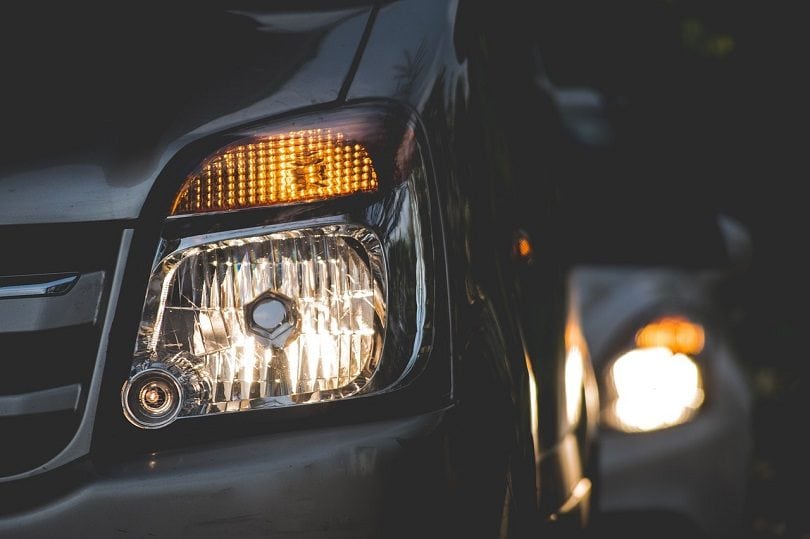
Probably the most common, and annoying, cause of a drained battery is that somebody left the headlights on. Most modern cars have an alert or warning to let you know that the lights are on if you open the car door, but not all do, and older cars are less likely to have this feature. Because the car isn’t running, the battery won’t recharge, so it uses its store of power. The longer you left the headlights draining power from the battery, the less charge the battery will have.
Fortunately, the fix for this is relatively easy. Jump start the car and then take it out for a reasonably long drive so that the alternator can recharge the battery for you – and avoid leaving the lights on overnight in the future.
2. Interior Lights Were Left On
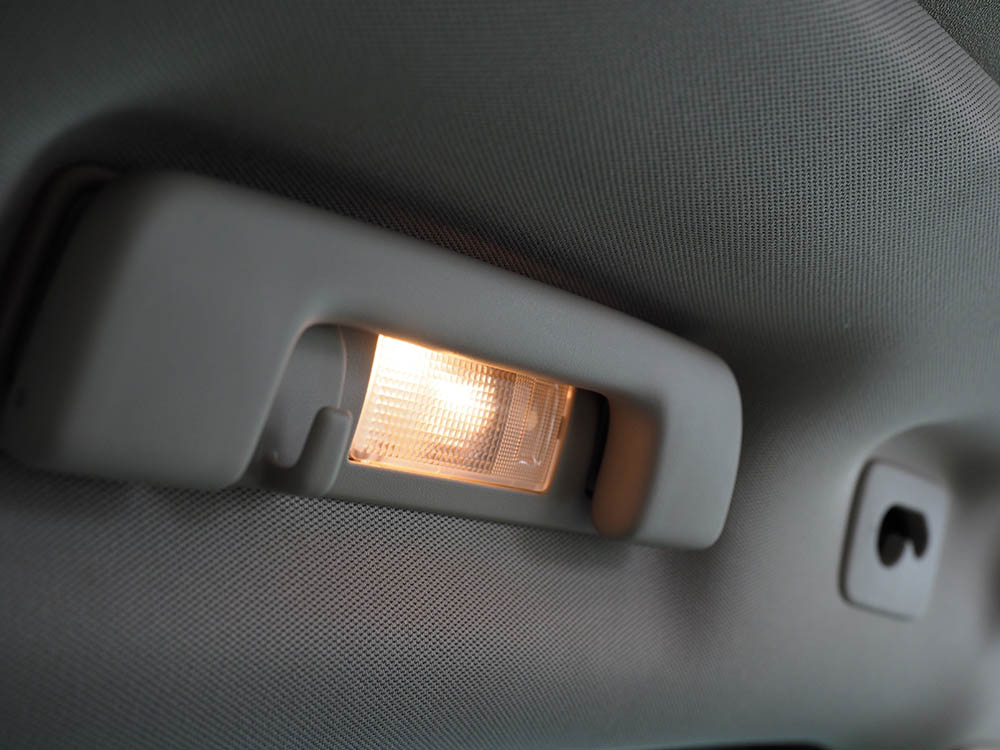
Internal lights can also drain the car battery, although they do not use as much power so they will do so at a slower rate. Whether the door has been left slightly ajar or you manually turned the lights on and left them, if your car doesn’t have an automatic shut off feature, a courtesy light could be enough to run a weak battery down over night.
The solution is the same as with the headlight problem – get a jump start and run the car to charge the battery.
3. Electrical Problems
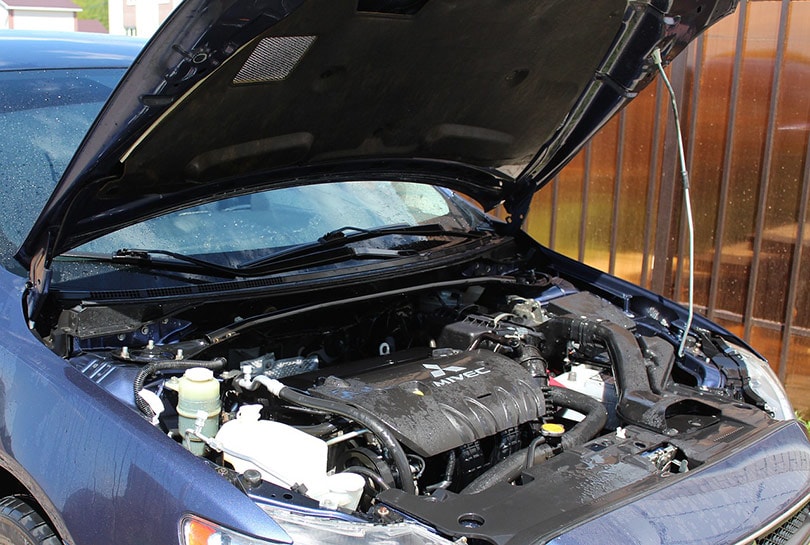
In a lot of cases, human error is the culprit if the headlights or internal lights continue to draw power from the battery overnight, but this isn’t always the case. Electrical problems could mean that some electrical system in your car is taking power even when you don’t need it to. Commonly, this means that there is some faulty wiring, or a wire has come loose somewhere.
Carefully connect a multimeter to the battery’s negative terminal, after removing the negative battery cable. There should naturally be a reading between 20 and 50 milliamps because systems like the clock will draw power even when the engine is off. If it reads more than 50 milliamps, it’s a good sign that you have a problem. Find the fuse box and remove the fuses, one at a time, testing the power each time before replacing the fuse. When you pull a fuse and the power reads between 20mA and 50mA rather than the original higher figure, you’ve found the fuse that corresponds to the faulty system. Use the wiring diagram to determine what system is responsible and either make the repairs yourself or have an auto electrician do the work for you.
4. Battery Connections Are Loose
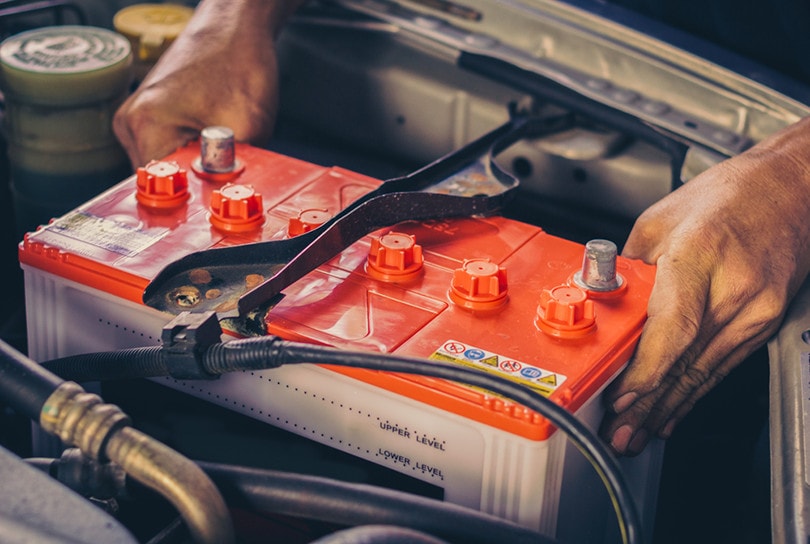
Cars vibrate a lot when they are moving and while most components are designed to cope with some movement, or are securely fastened to prevent it, the battery cables and connections can become loose over time. This is especially true if they weren’t fully secured when last removed. The connections can also corrode. Loose or corroded battery terminals can cause a host of electrical problems, including causing your cat to stall while driving.
A physical check of the connections and cables will help determine whether this is the cause. Ensure the terminals are fully secure and that there are no signs of corrosion. You may need to replace them, if corroded, but simply fastening the connections properly could remedy the problem.
5. Extreme Weather Conditions

New car batteries are designed to withstand most temperature conditions, but if it is especially cold or very hot and your battery is older, this can cause your battery to lose performance or to fail completely.
If you notice that your car’s engine is working especially hard on cold or very hot days, this could be the cause, but you should arrange a battery check to make sure. Some companies offer free battery checks, in the hope that you will buy a new one from them when yours does fail.
6. A Faulty Alternator
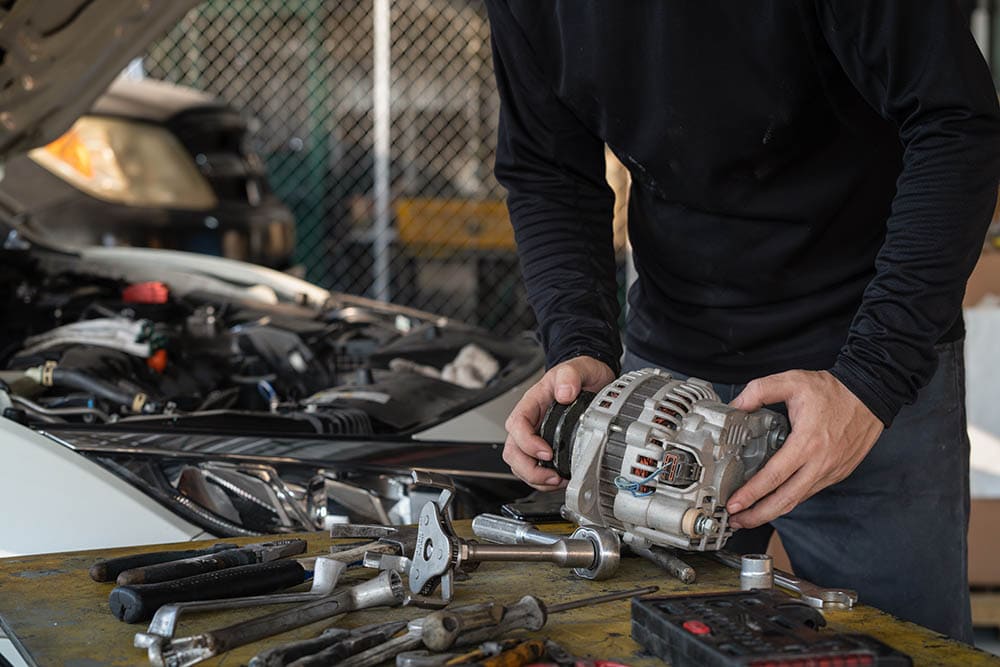
The alternator is the part of your car engine that charges and recharges the battery while you’re driving. If the alternator is failing to do its job at all, your battery will die quickly, and it won’t retain a charge for long even when jump started. Sometimes, though, an alternator may still be working but only partially. It might not be charging the battery enough while driving so you will find your car won’t start when you come to drive it, if it has been sat idle for some time.
Diagnosing a problem with the alternator requires a diagnostic check at a garage or from a mobile mechanic. Unfortunately, a new alternator can cost up to $1,000 or more, and you will need to pay labor costs on top of this, to get it changed.
7. Too Many Short Trips

The alternator can only do its work when the engine is running and the car is moving. Starting the car takes a lot of power and while the alternator will start recharging the battery as soon as you’re moving, if you only take a short trip, it will only be able to recharge a portion of that power. If you continue to take short trips, the battery will continue to lose a little bit of charge every time, and it will never replenish.
If you really only drive down the road to work or to drop the kids off, and you find that your car is struggling to start or is completely bereft of life when you get to it, take the car out for a longer drive and make sure you do it on a fairly regular basis to keep the battery charged.
8. An Old Battery
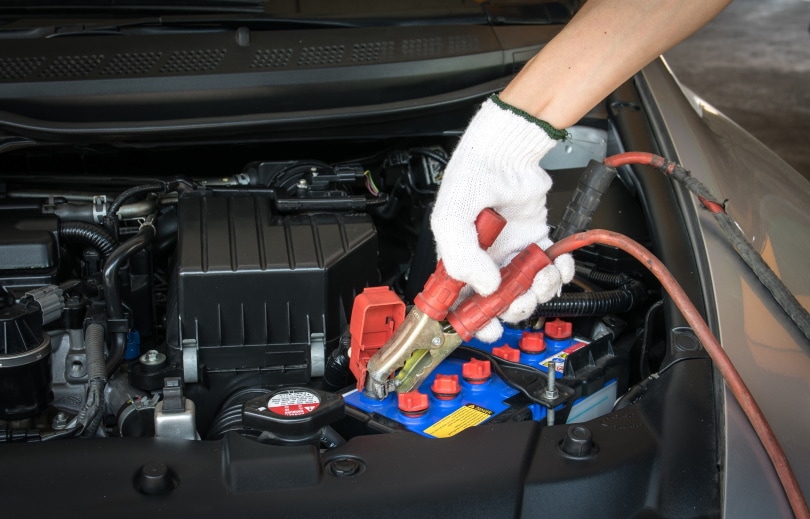
Car batteries should typically be replaced every three to five years. The exact lifespan of the battery depends on multiple factors, including the types and frequency of trips you go on. If you’ve had your battery for a few years, and it is starting to show signs of aging, it could be a sign that it is time to replace it.
Again, you may need a battery check to ensure that this is the problem, and if your battery is old, it means that it’s time to invest in a new one.
Conclusion
The battery is one of many working components in a car, any of which could cause you problems at some point. Although human error is a common cause of a depleted car battery, there are other potential causes including loose wiring or an old battery. It is possible to identify the cause of a drained battery in some cases, but you may also need a battery check or a diagnostic check to confirm the diagnosis.
Featured Image Credit: StockSnap, Pixabay
Contents


